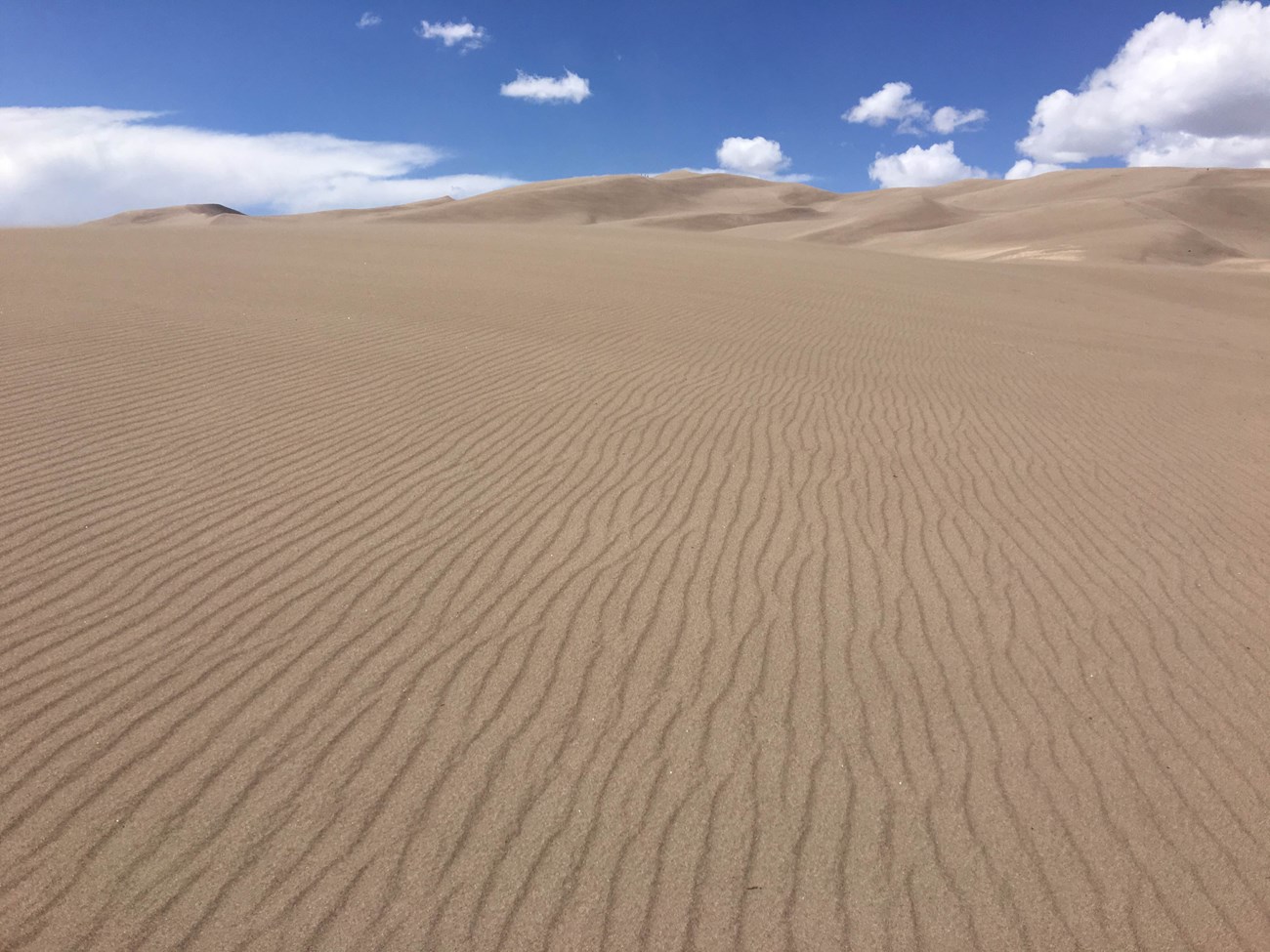
NPS / Julie K. West
Each national park has a unique soundscape —a composition that includes the voices of animal occupants and geologic features. A world of wild awaits those who listen, from the hissing geysers and rushing waterfalls of Yellowstone, to the silent sands and freshwater currents of Great Sand Dunes, to the back-country brooks and hawk calls of Rocky Mountain.
NPS acoustic scientists inspire people to connect with wilderness through these sounds. Their work recording and monitoring both natural and human-caused sounds inside national parks brings attention to the range of remarkable sound qualities that define an environment's character, and the threats that undermine wilderness listening experiences for humans and wildlife alike.
Learn more about the concepts and methods that guide the work of NPS Natural Sounds and Night Skies scientist Kurt Fristrup and his team as they adventure among the dunes in Great Sand Dunes National Park and Preserve, and the grassy valleys of Rocky Mountain National Park:
Last updated: June 29, 2016
